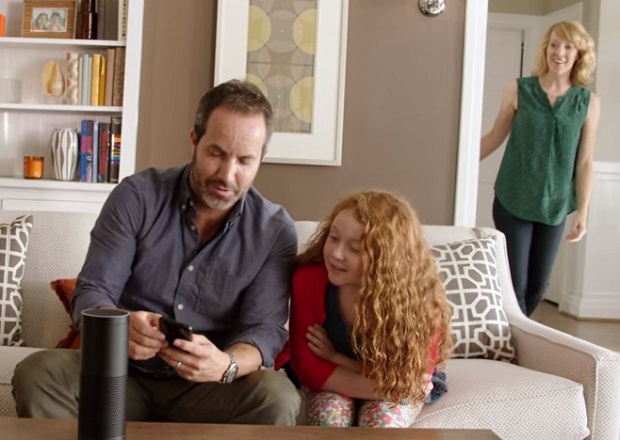Nearly all (91%) of users of voice assistants search the internet with their voice, while 41% of users are making purchases with their voice assistants, according to new research.
Voice tech agency, Vixen Labs collaborated with the Linux Foundation’s Open Voice Network to survey 6,000 people across the UK, US and Germany and discovered:
• 91% of users of voice assistants search the internet with their voice – highlighting how it is now a platform for SEO and SMO marketing and comms
• 41% of users are making purchases with their voice assistants
• Those who don’t use the tech yet state that privacy concerns are the main reason they don’t use it (41% stated so), followed by a lack of trust for the assistants (29%)
• Only 22% of voice assistant users feel comfortable using them in public
The Voice Consumer Index (VCI) reveals attitudes towards voice assistants, and how seven different sectors – from retail to healthcare – can leverage the technology.
The research shows that the majority of people now use voice assistant technology, with a third using it everyday. The VCI clearly shows voice activity aligning with the marketing funnel: consumers move from awareness (80% search for products) to purchase (41% of users purchase using voice tech).
An international report on consumer attitudes to voice controlled technology has been released by Europe’s leading voice agency.
Vixen Labs released the Voice Consumer Index 2021 in collaboration with the Linux Foundation’s Open Voice Network, whose members include Target and Microsoft, to explore consumer attitudes and behaviours – and to reveal the marketing potential of voice assistant technology across industries.
With Apple’s Siri initially launching in 2011, Google’s Voice Search in 2012, and Amazon’s Alexa launching in 2013, voice technology has long moved on from the early adopter stage, with 34% of UK consumers using voice assistants daily.
When analysing the reasons why people use voice assistants, it’s clear that behaviours align with the marketing funnel. Users move from awareness (80% search about products) to purchase and retention (41% of users have made a purchase through voice).
Audiences across the UK, US, and Germany were asked about their top priority voice-assisted tasks across different industries. For example, in Banking and Finance, an average of 32% across the 6,000 people surveyed identified ‘check my bank balance’ as their top priority.
Results often show small differences in behaviour between the three countries: 21% of US consumers say ‘pay a bill’ is their top Banking and Finance voice-assisted task, compared to 15% in the UK and 17% in Germany. This likelihood switches in other areas: German users are more open to using the technology to find a doctor or specialist than those from the US or UK.
To download the executive summary, white paper, and gain access to industry-specific webinars and podcasts, head to vixenlabs.co/vci-2021.
James Poulter, CEO & Co-founder of Vixen Labs, said: “Voice assistant technology has advanced massively since we said hey to Siri 10 years ago. The Voice Consumer Index not only highlights just how many people use the technology in everyday life, but also shows that these users are eager to see its true potential.
“Parallels can be drawn from the early days of the search engine and social media to show the opportunity available to brands that utilize this technology effectively, regardless of industry. Currently there is a lot of white space for them to move into; the customer base is ready and waiting, but in order to tap into this new marketing channel, brands need to optimise, create and integrate their products and services with voice technology.”
Methodology
The research firm Delineate conducted the Voice Consumer Index research from 14th-19th May 2021. In total 6,000 individuals aged 18+ were surveyed (2000 each in the UK, the US and Germany). Samples in each country were controlled with representative quotas among each age group, region and ethnicity in the US.

